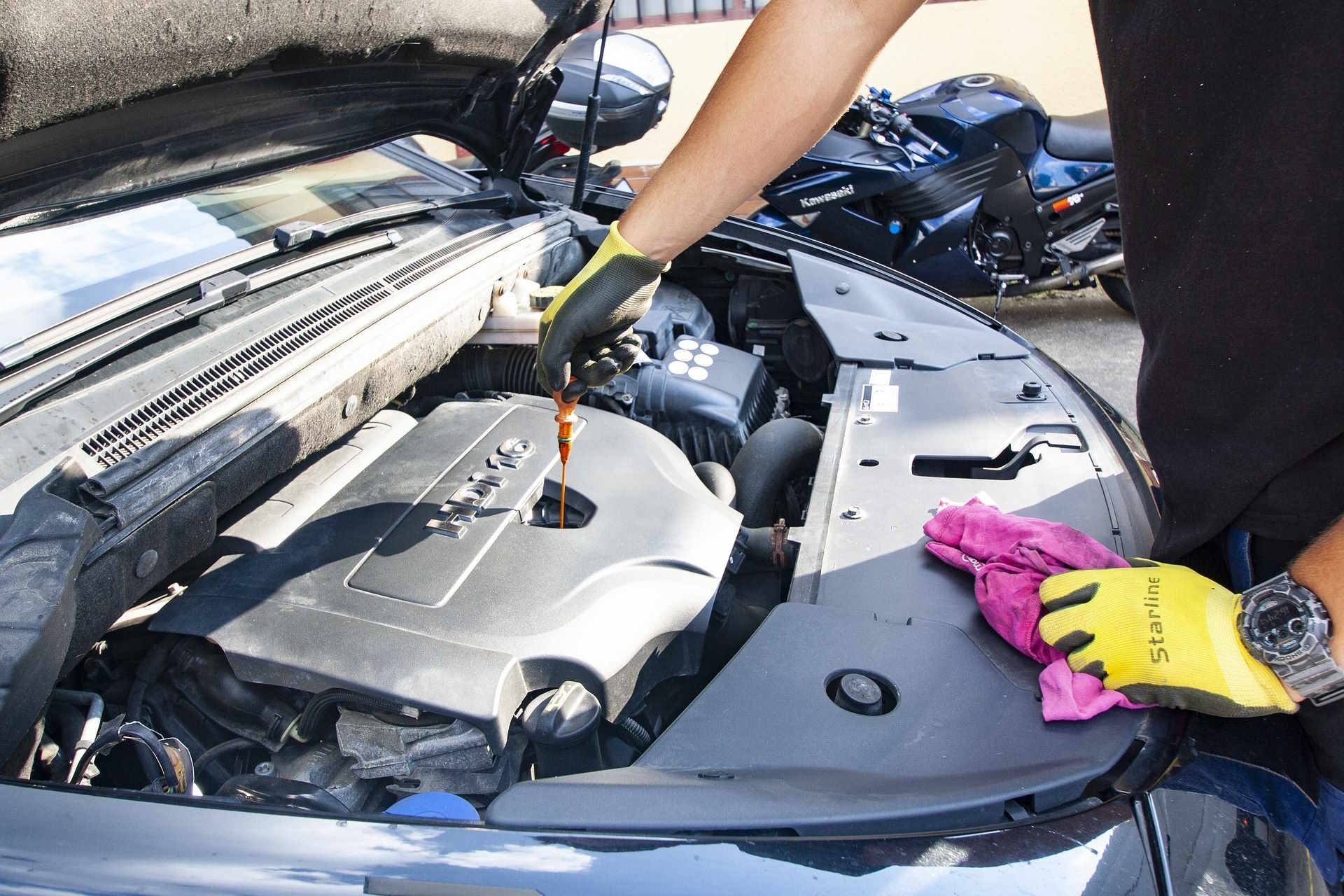Measuring Your Vehicle for a Secure Door Step Installation
Accurate measurements make the difference between a stable, safe door step and one that risks damage or injury. This article outlines the key measurement points, considerations for fitment and mounting, material and traction choices, and routine maintenance tips to support a secure installation and practical use.
Installing a door step on a vehicle is a practical way to improve access to roof-mounted cargo and to improve overall mobility around taller vehicles. Before purchasing or fitting an aftermarket step, taking consistent measurements helps ensure proper fitment, secure mounting, and comfortable ergonomics. This overview focuses on where to measure, how to evaluate mounting scenarios, what materials and traction options matter for safety, and how maintenance supports long-term convenience and portability.
Where to measure for access and roof reach
Begin by measuring the door opening height and the sill or step-in point from the ground; record both unloaded and with normal vehicle load to account for suspension sag. Measure the distance from the door hinge line to the outer edge of the body and from the latch strike to the door lip so you can assess clearance for the step platform. Note roof rail or crossbar heights if the step is intended to aid roof access; understanding exact roof reach prevents awkward body positions and improves safety while climbing.
Assessing fitment and mounting points
Identify the structural elements behind the door skin—hinge mounts, door frame thickness, and any reinforced sections—to select an appropriate mounting approach. Some door steps clamp to the hinge or factory bolts, while others require a dedicated bracket that ties into the door frame; each approach has distinct fitment needs. Verify whether fasteners will contact sheet metal only or reinforced brackets, and check for electrical components or curtain airbags near attachment points to avoid interference. Accurate templates or mock-ups are useful before drilling or committing to permanent mounting.
Choosing materials and traction for safety
Material choice affects weight, corrosion resistance, and load capacity. Aluminum alloys offer good portability and corrosion resistance, while steel designs often provide higher load ratings but require protective coatings. For traction, look for textured or rubberized surfaces, serrated edges, or replaceable tread inserts that maintain grip in wet or muddy conditions. Also consider edge profiles that reduce risk of catching clothing and coatings that resist road salt—these factors directly influence user safety during routine access.
Considering ergonomics, mobility, and reach
Ergonomics determine how comfortably a person can step up, reach the roof, or load items. Position the step where a natural stride and handhold are available; if the vehicle’s roof is high, ensure the platform height reduces the necessary vertical reach. Mobility needs vary—users with limited strength may prefer wider platforms and lower step heights for balance. Assess whether the step will block door travel or interfere with passengers, and choose a layout that preserves clearance and ease of movement around the vehicle.
Aftermarket options, portability, and convenience
Aftermarket door steps range from fixed welded platforms to foldable or detachable units designed for portability. Portable options prioritize convenience and often attach via quick-release clamps or lightweight mounting plates, making them suitable for occasional use. Fixed units integrated into the vehicle structure typically offer higher stability and are better for frequent loading tasks. Balance the desire for lightweight portability with required load ratings and compatibility with your vehicle’s door geometry to achieve practical everyday use.
Maintenance, tools, and installation checklist
Create an installation checklist that includes measurement verification, hardware selection (fastener grades and washers), torque specifications, and required tools such as torque wrenches, drill bits, and anti-seize compound. After installation, schedule maintenance checks for fastener torque, tread wear, corrosion at attachment points, and hinge or bracket integrity. Regular cleaning prevents grit buildup that reduces traction, and periodic lubrication of moving parts preserves portability. Maintaining a simple log of inspections supports long-term safety and reliability.
A careful measurement routine and thoughtful consideration of fitment, mounting method, materials, and ergonomics will contribute to a secure door step installation. Prioritizing accurate dimensions, appropriate traction solutions, and sensible maintenance practices improves safety and convenience while preserving vehicle integrity and aftermarket compatibility.







